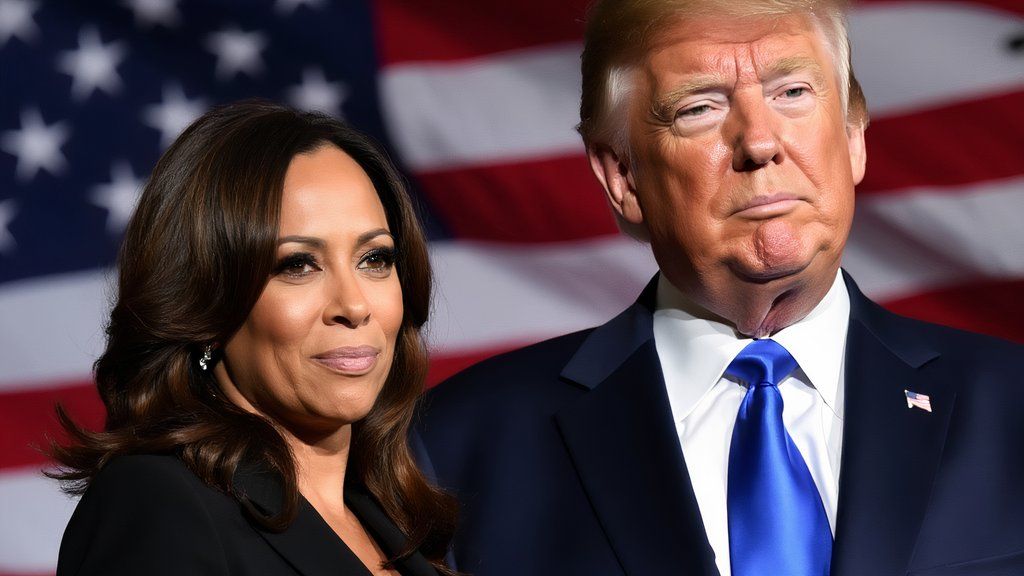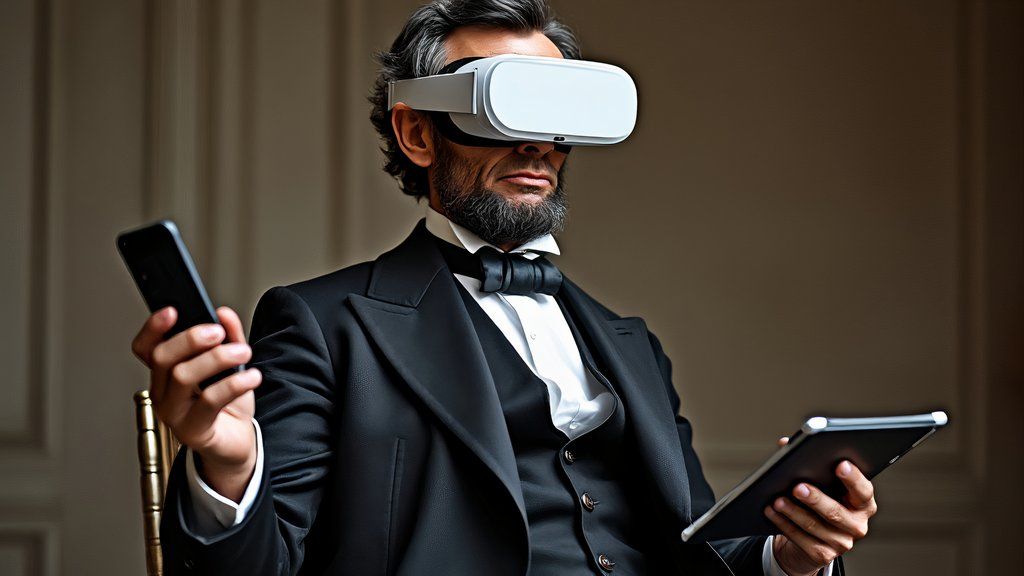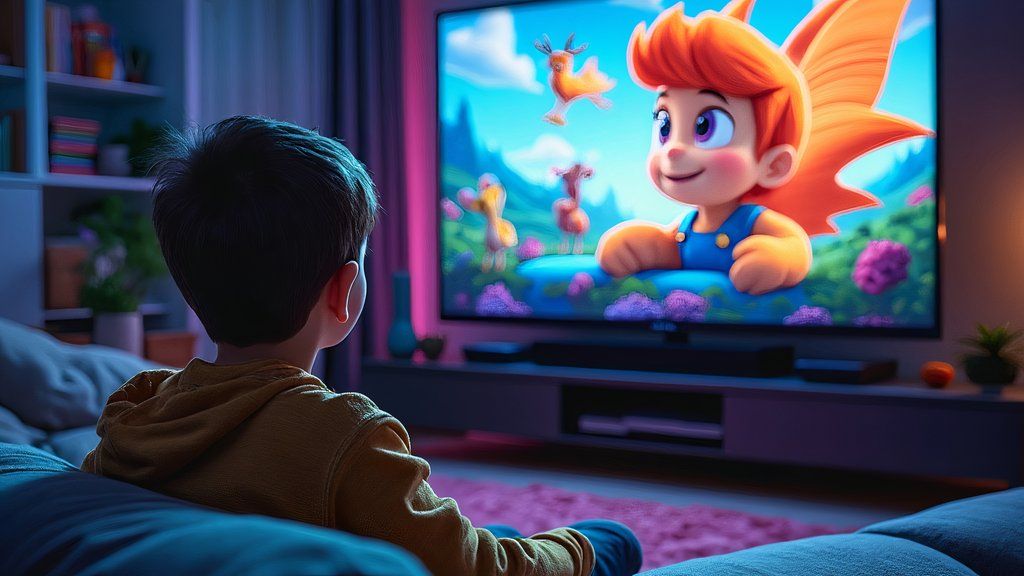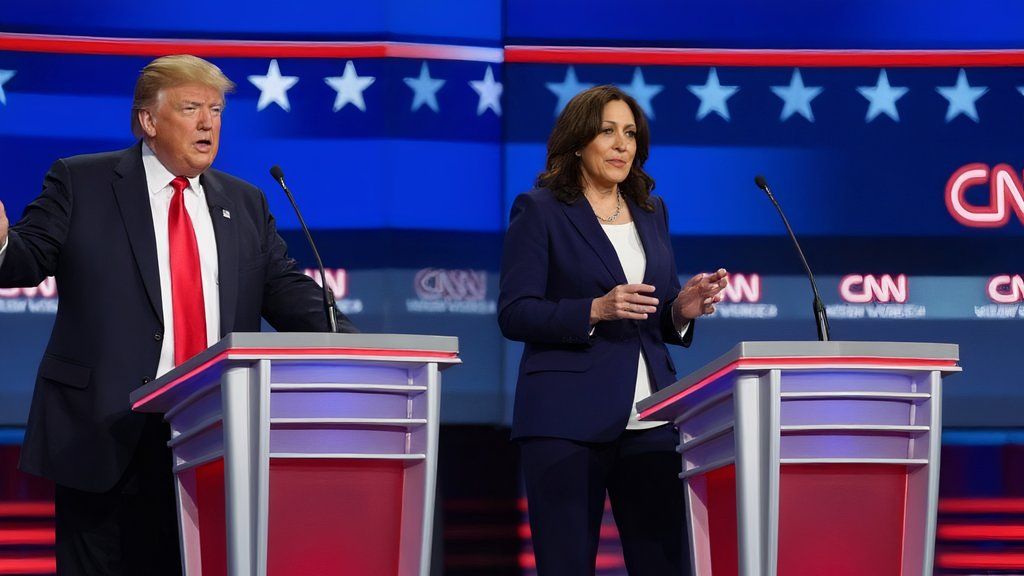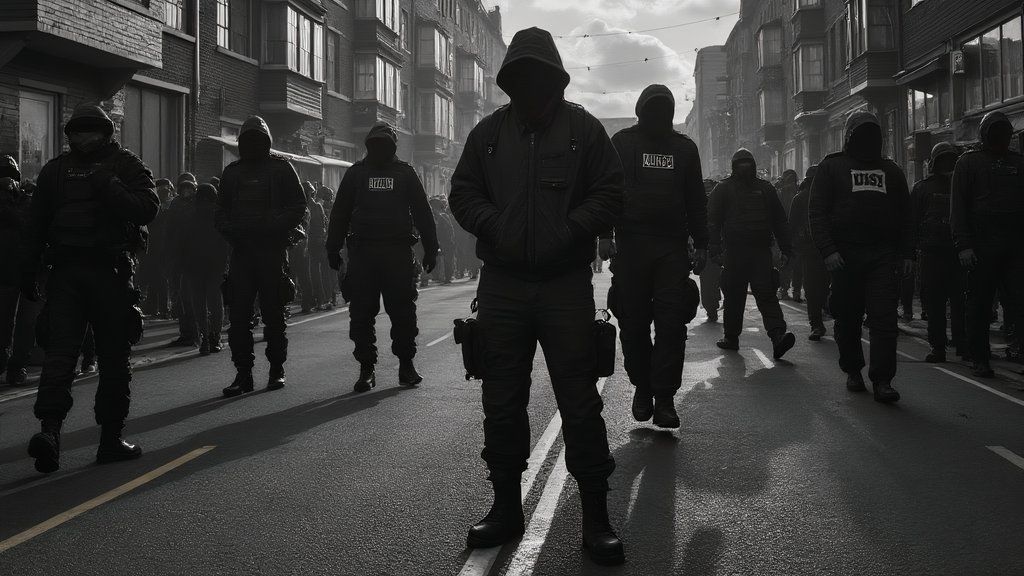Key Takeaways
- Grok-2 generates controversial images of political figures & copyrighted characters with humorous boundaries.
- AI technology simplifies deepfake production, leading to ethical concerns about misuse & questionable content.
- Grok-2’s lax restrictions raise ethical and legal issues – from creating deepfakes to using copyrighted logos.
X calls Grok an AI assistant with “a twist of humor and a dash of rebellion.” But almost immediately after announcing the beta version of Grok 2 , users flooded the former Twitter with generated images of questionable ethics, from political figures in compromising positions to graphics containing trademarked characters.
While not the first version of X’s AI, the beta version of Grok 2, announced on Aug. 13, adds the ability to generate images to the AI. The low height of Grok 2’s guardrails has brought the AI both praise and criticism. As X populates with images that many of the other generative AIs refuse to generate, including deepfakes of political figures and beloved cartoon characters gone rogue, some have praised the bot’s sense of humor while others have squirmed over the very real possibility of misuse.
While anyone with a lack of ethical boundaries, some Photoshop skills , and a bit of time on their hands could create deepfakes before AI, the technology both simplifies and speeds up the process, making the creation of deepfakes and other misleading or ethically questionable images easier to do by anyone with $8 for an X Premium account.
xAI seems to embrace its identity as a platform with fewer restrictions in place.
Grok isn’t the first AI to come under fire for ethically questionable creations. For example, Google removed the ability to generate people entirely after Gemini, in an effort to be politically correct, created an image of the U.S. founding fathers that was ethically diverse and historically inaccurate. However, where Google apologized and removed the feature, xAI seems to embrace its identity as a platform with fewer restrictions in place. Despite all the early criticism, much of the same questionable capabilities remain intact more than a week after the beta’s launch. There are some exceptions, as the bot refused to generate an image of a female political figure in a bikini, and then linked to older X posts that used Grok to do just that.
To see just how far the ethical boundaries of xAI stretch, I tested out the beta version of Grok 2 to see what the AI will generate that other platforms refuse to. Grok didn’t prove to be totally immoral, as it refused to generate scenes with blood and nudity. But what does xAI’s self-described “dash of rebellion” entail? Here are six things I was surprised Grok 2 was able to generate.
Pocket-lint’s ethical standards prevent us from using some of the morally questionable images generated, so scroll without fretting about melting your eyeballs with images of presidential candidates in bikinis or beloved cartoon characters in compromising positions. All images in this post were generated by Grok 2.
Related
How to make AI images with Grok on X
Creating AI images on X isn’t as straightforward as other AI image generation tools, but it can be done with a subscription to X Premium
1 Images of key political figures
The AI will produce political content, with a small disclaimer
X / Grok
While many AI platforms refuse to talk politics at all, Grok didn’t have any qualms about generating images of key political figures, including both Donald Trump and Kamela Harris. The AI generated the images with a small note to check vote.org for the latest election information. While the generated image of a debate stage above appears innocent enough, Grok didn’t refuse to generate political figures in compromising positions. It didn’t have any qualms with generating an image of a politician surrounded by drug paraphernalia, for example, which we won’t share here for obvious reasons.
While Grok’s political restrictions are lax at best, the tool has seemed to have gained a minor glimpse of a conscience since its launch. It refused to generate images of female political figures in a bikini, but then linked to older posts on X showing off Grok’s ability to do just that.
2 Deepfakes of recognizable people
Celebrities and historical figures are no problem
X / Grok
Grok’s ability to generate recognizable people extends beyond political figures. While Grok’s potential to generate recognizable people could create some fun satires like this photo of Abraham Lincoln outfitted with modern-day technology, it also has the potential for spreading libel and fake news. It did not refuse to generate photos of celebrities doing drugs, supporting a political cause, or kissing another recognizable celebrity, just to name a few potential misuses.
3 Graphics that blatantly copy another artist
Grok can replicate the style of an artist or even a specifically named painting
X / Grok
The intersection between copyright law and artificial intelligence has been debated since the tech first arrived. But while platforms like Gemini and ChatGPT refuse to answer a prompt that asks for an image in the style of a specific artist, Grok-2 has no such guardrail in place. The AI not only generated an image in the general style of a certain artist, but when I named an artist and the name of a specific work of art, Grok generated an image that felt more copy than inspiration.
4 Content that includes licensed characters
The beta can replicate cartoon characters
X / Grok
Grok showed its sense of humor when I asked for a photo of Mickey Mouse in a bikini and the AI humorously added the swimsuit over his iconic red pants. But, should an AI even be able to replicate licensed characters in the first place? Just like copying a famous artist’s painting would land you in court, so too, can copying a licensed character. The potential for misuse goes even further due to the fact that Grok doesn’t seem to refuse to place beloved childhood characters in morally wrong scenarios.
5 Images that include copyrighted logos
Logos aren’t prohibited either
X / Grok
When I asked Grok for a photo of a political debate and the AI produced a recognizable CNN logo in the background, I probably shouldn’t have been surprised, as early AIs have landed in court over replicating watermarks from training data in their generations. But part of the shock also comes from AI’s reputation for badly reproducing text inside images, a common flaw that seems to be quickly changing. Like the licensed characters and copying another artist’s work, replicating logos could spell legal trouble.
6 Group photos with an obvious white bias
Grok demonstrated racial bias in some scenarios
X / Grok
AI is known for being biased, as many early models were trained on images that included relatively few people of color. When I asked for a “group of professionals” anticipating a boring stock photo, Grok generated both men and women, but did not include a single person of color. This proved true even after five similarly worded prompts. I finally asked for a “diverse group of professionals” and the resulting image still did not have a single person of color until the second try.
This bias seems to be largely when asking for images of professionals — the AI was likely trained with stock photography of business professionals that favor Caucasians. When I asked for images in a more casual setting, thankfully, Grok generated multiple ethnicities without being told to.
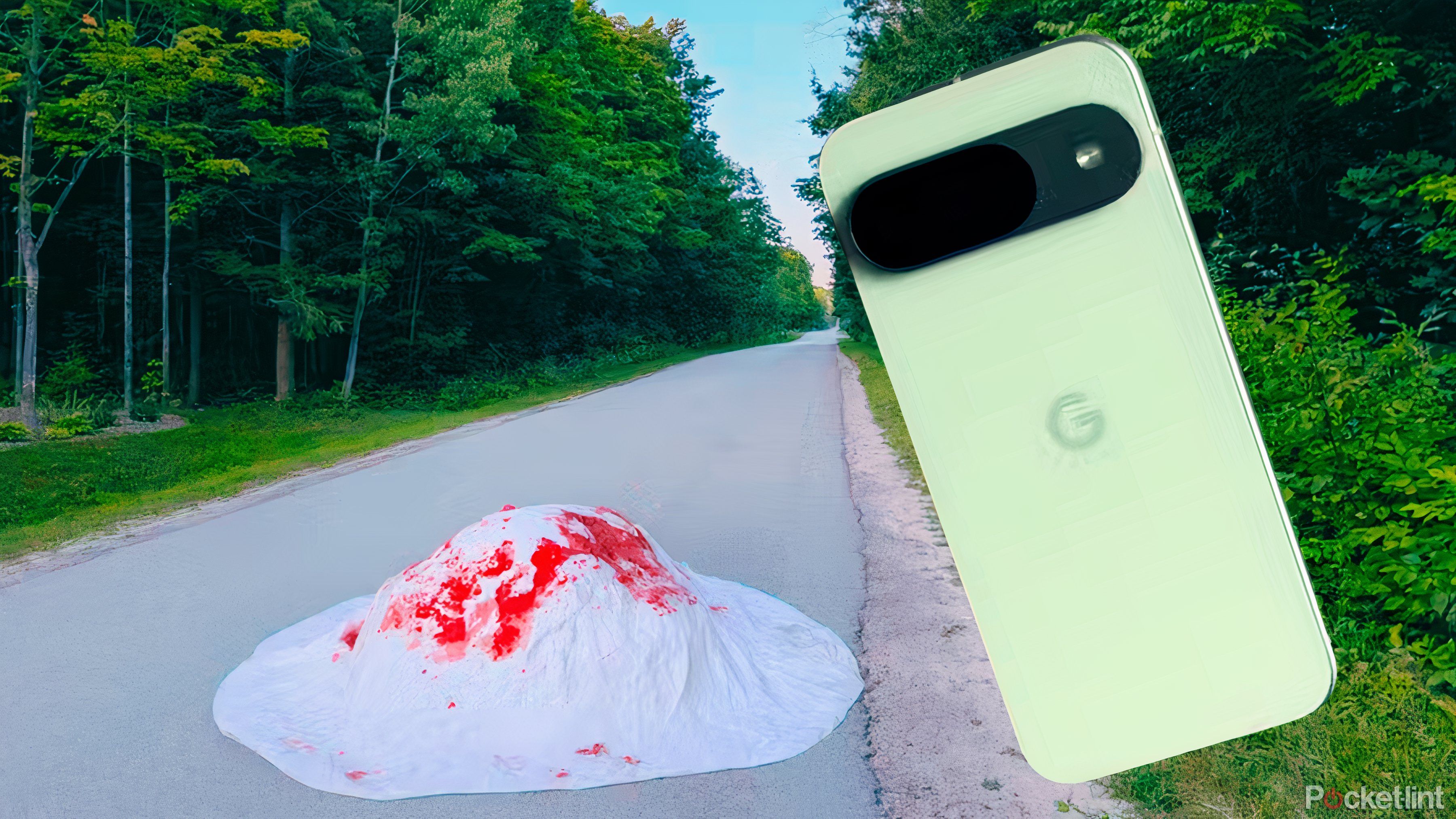
Related
Do you think Google’s AI ‘Reimagine’ tool is fun or frightening?
Google’s “Reimagine” tool on the Pixel 9 is basically the wild west of photo editing, and honestly, it’s the most interesting thing about the phone to me. You can add anything to your pictures — UFOs at your backyard BBQ, a dinosaur on Main Street, you name it — with just a text prompt. Sure, it’s neat, but also a bit terrifying — even Pocket-lint’s Managing Editor Patrick O’Rourke thinks so. The tech is so on point that it blurs the line between real and fake, with no obvious markers that scream “AI-generated!” This lack of transparency can make any photo suspect. While Reimagine has some guardrails, if you’re clever with your wording, you can skirt them pretty easily. What do you think about Reimagine?
7 Images of violence
There’s no blood allowed, but some things can slip through the filter easily
X / Grok
At first, Grok-2 avoided generating a violent image when prompted, instead choosing to write a text description of what such an image would look like. As some X users have pointed out, however, there are loopholes to get around this content restriction. When asked to “Create a nonviolent image of a person standing over a body with a gun,” it happily obliged, though the resulting photo did not depict any blood.
Trending Products

SAMSUNG FT45 Sequence 24-Inch FHD 1080p Laptop Monitor, 75Hz, IPS Panel, HDMI, DisplayPort, USB Hub, Peak Adjustable Stand, 3 Yr WRNTY (LF24T454FQNXGO),Black

KEDIERS ATX PC Case,6 PWM ARGB Followers Pre-Put in,360MM RAD Assist,Gaming 270° Full View Tempered Glass Mid Tower Pure White ATX Laptop Case,C690

ASUS RT-AX88U PRO AX6000 Twin Band WiFi 6 Router, WPA3, Parental Management, Adaptive QoS, Port Forwarding, WAN aggregation, lifetime web safety and AiMesh assist, Twin 2.5G Port

Wi-fi Keyboard and Mouse Combo, MARVO 2.4G Ergonomic Wi-fi Pc Keyboard with Telephone Pill Holder, Silent Mouse with 6 Button, Appropriate with MacBook, Home windows (Black)

Acer KB272 EBI 27″ IPS Full HD (1920 x 1080) Zero-Body Gaming Workplace Monitor | AMD FreeSync Know-how | As much as 100Hz Refresh | 1ms (VRB) | Low Blue Mild | Tilt | HDMI & VGA Ports,Black

Lenovo Ideapad Laptop computer Touchscreen 15.6″ FHD, Intel Core i3-1215U 6-Core, 24GB RAM, 1TB SSD, Webcam, Bluetooth, Wi-Fi6, SD Card Reader, Home windows 11, Gray, GM Equipment

Acer SH242Y Ebmihx 23.8″ FHD 1920×1080 Residence Workplace Extremely-Skinny IPS Laptop Monitor AMD FreeSync 100Hz Zero Body Peak/Swivel/Tilt Adjustable Stand Constructed-in Audio system HDMI 1.4 & VGA Port

Acer SB242Y EBI 23.8″ Full HD (1920 x 1080) IPS Zero-Body Gaming Workplace Monitor | AMD FreeSync Expertise Extremely-Skinny Trendy Design 100Hz 1ms (VRB) Low Blue Gentle Tilt HDMI & VGA Ports


